Trump Wins US Presidential Election – 10 Key Questions for Container Shipping
Trump’s victory in the US election raises a number of key questions for the container shipping industry, with the possibility of new tariffs that could increase shipping rates and impact global supply chains.
.webp)
Donald Trump won a second term in the White House on an economic platform pledging to revive US manufacturing and tackle what the US sees as unfair Chinese trade practices.
Container shipping is a global industry that relies on international trade, so Trump’s strategy of increasing import tariffs raises a number of key questions.
1. What is Trump proposing and why?
Trump has pledged to impose tariffs of up to 20% on all goods imported into the US and an additional 60% on goods from China. The US has imposed tariffs in this range and higher on some goods, notably a 100% tariff on electric vehicles (EVs), to protect US manufacturers from what the US considers unfair trade practices from China.
High tariffs were a central part of Trump’s trade policy during his first term, and they will continue to be pursued by the Biden administration.
2. What can we learn from Trump’s first term?
In 2018, Trump escalated the US-China trade war with new import tariffs. Xeneta data shows that this led to a more than 70% increase in ocean container shipping rates.
US importers and exporters fear that this will happen again, and that higher tariffs will continue to push up freight rates. However, it is not advisable to assume that the situation will be exactly the same as in 2018, as there are important differences between then and now.
3. How will US importers and exporters respond?
The immediate response for US shippers will be to ramp up imports before Trump can impose new tariffs.
If they have warehouses and goods to ship, pre-importing is the simplest way to manage short-term risk.
4. Will pre-importing be as strong as in 2018?
The likelihood of pre-importing this time around could be even greater than when Trump first imposed tariffs in 2018.
In 2018, tariffs were imposed in batches, each with its own list of goods, so shippers had to wait for these lists to be published and had a two-month or more gap before the tariffs were implemented.
This time, carriers can prepare for the worst-case scenario where all tariffs are implemented immediately after Trump takes office on January 20, making the lead time for shipments shorter.
Another important difference is the tariff rate. In 2018, the rush to pre-ship was triggered by a 25% tariff from China. Trump is now planning to impose tariffs of up to 20% on all imports into the US and more than 60% on imports from China, making the incentive to pre-ship even greater.
5. What are the risks of pre-shipment for carriers?
The sudden increase in demand on major trade lanes into the US will put pressure on freight rates and capacity on some lanes.
Average spot rates from the Far East to the US West and East Coast have fallen slightly in the weeks leading up to the US election, down -3.5% and -2.5% respectively since October 15. Many carriers may have been holding on to a wait-and-see mentality, but many will be acting now, which could lead to capacity shortages and higher costs.
6. What can shippers do to reduce risk?
Shippers must use data to monitor freight rate developments and benchmark their market position. This means comparing the rates they are paying against other shippers as well as other carriers and freight forwarders.
It is also important to monitor rates on different trade lanes especially if a shipper is considering importing goods into the US via different ports than they ordinarily would do.
7. The supply chain risks under Trump have been known for a long time – are carriers prepared?
2024 has been a brutal year for carriers, and it is commendable that stakeholders in the container shipping network have demonstrated the resilience of the global supply chain.
Carriers have been proactive throughout 2024 to mitigate the impact of the conflict in the Red Sea and in anticipation of strikes at US East Coast ports and the possibility of a Trump return. Pre-loading has been ongoing throughout the year, with record container volumes entering the US in August at 2.64 million TEU (source: CTS).
This pre-loading could help mitigate some of the impact of Trump tariffs if carriers have built up inventory.
8. What is the medium-term impact on freight rates?
In 2018, while average spot rates from China to the US West Coast fell from their peaks after Trump imposed tariffs, they have not returned to their previous levels.
In 2024, the situation is different as average spot rates have increased, mainly due to the conflict in the Red Sea. Currently, the average spot rate is $5,210 for a 40ft container to the US West Coast and $5,820 to the US East Coast, up 167% and 134% year-on-year.
If the front loading continues to push up spot rates in Q1 and Q2 next year, it could put pressure on the long-term market, which will affect many US carriers as the long-term contracting season progresses.
9. What are the long-term impacts on the supply chain?
In 2018, we saw China respond to the “aggression” of US trade policy by imposing its own tariffs, which added fuel to the fire, so there is a risk that the situation could escalate further in the coming months and years.
An escalating trade war could create some applications for unit shifting and importing goods into the US via other trade routes. First, they could open factories in other countries in the Far East, but this would take time and come at a cost. Businesses would not want to lose the competitive advantages gained through well-established manufacturing and trade infrastructure in China.
Most likely, unit shifting would be importing goods into the US via Mexico. This trade route has become prominent in 2024 with record volumes shipped from China to Mexico, which is increasingly being used as a backdoor into the US. Import volumes increased 22.2% year-on-year in January-August 2024, and the average spot rate has now doubled from the previous half-year, currently at $4,150/FEU, with volatility helping spot rates rise to $7,600/FEU by mid-year.
10. What about other parts of the world?
Trump’s new trade policy is different from his first term in that it extends beyond the trade war with China to a 20% tariff on imports from other countries.
Once the full details of Trump’s tariff framework are released, it is likely that other countries and trading blocs, such as the EU, will adopt similar retaliatory measures as China did in the first trade war.
This makes tracking container shipping data on upstream routes important as they could also be affected if the trade war with the US escalates globally.
Read more:
- New Container Ship Orders to Rise by Over 50% in 2024
- Concerns over Trump presidency impact on container shipping rates
- PIL Orders Five More Dual-Fuel LNG Container Vessels
- Air Canada Reports 18% Growth in Cargo Revenue in Q3
- Maersk's Q3 Profit Soars Despite Modest Increase in Container Volume
- International shipping and logistics market update - Week 44/2024
- Suez and Panama Canal Disruptions Threaten Global Trade and Development: UNCTAD
Source: Phaata.com (via Xeneta)
Phaata.com - Vietnam's First International Logistics Marketplace
► Find Better Freight Rates & Logistics Services!




























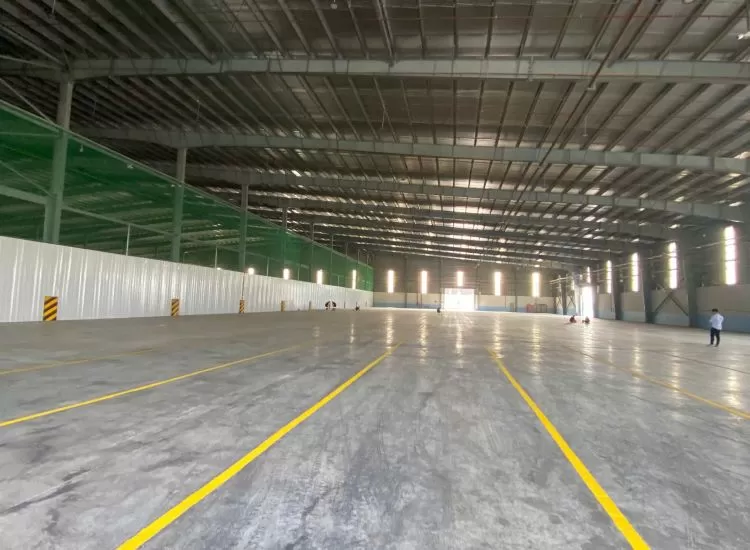
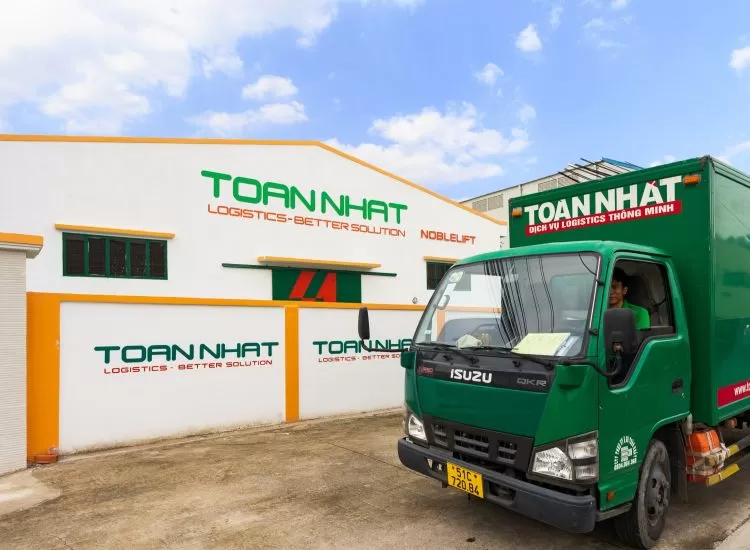
.webp)
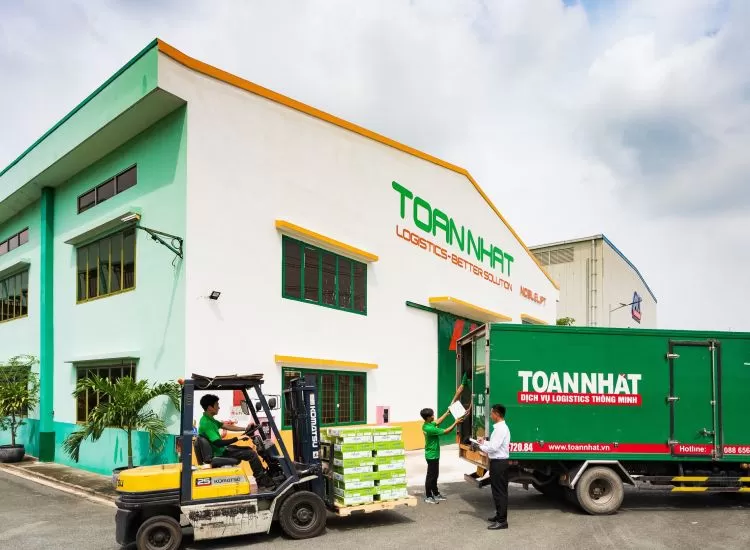
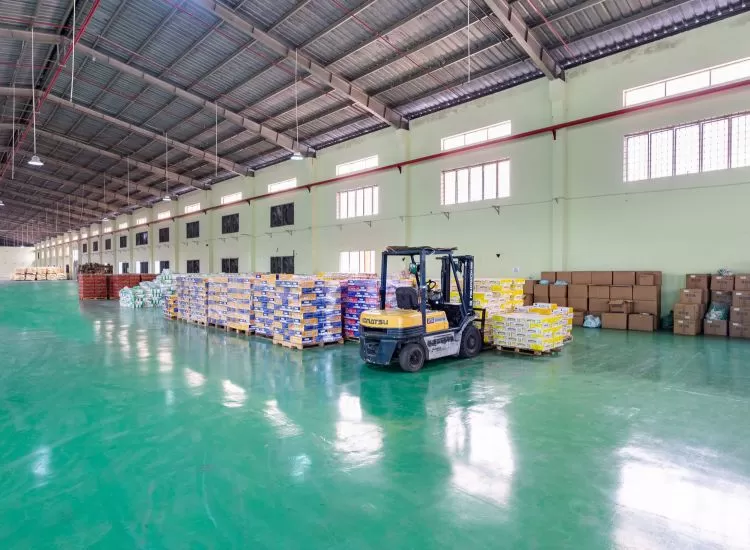






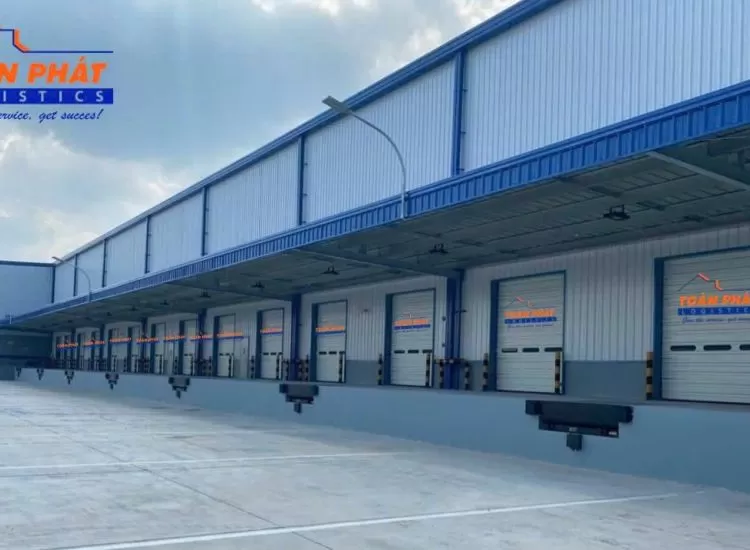
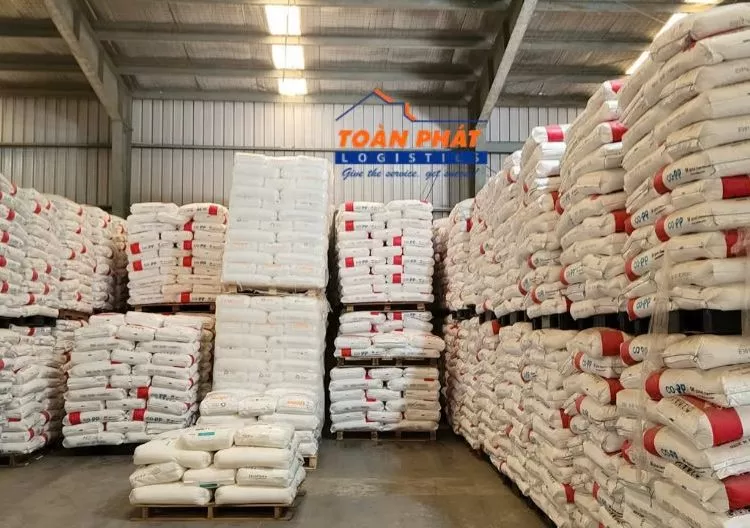
.webp)